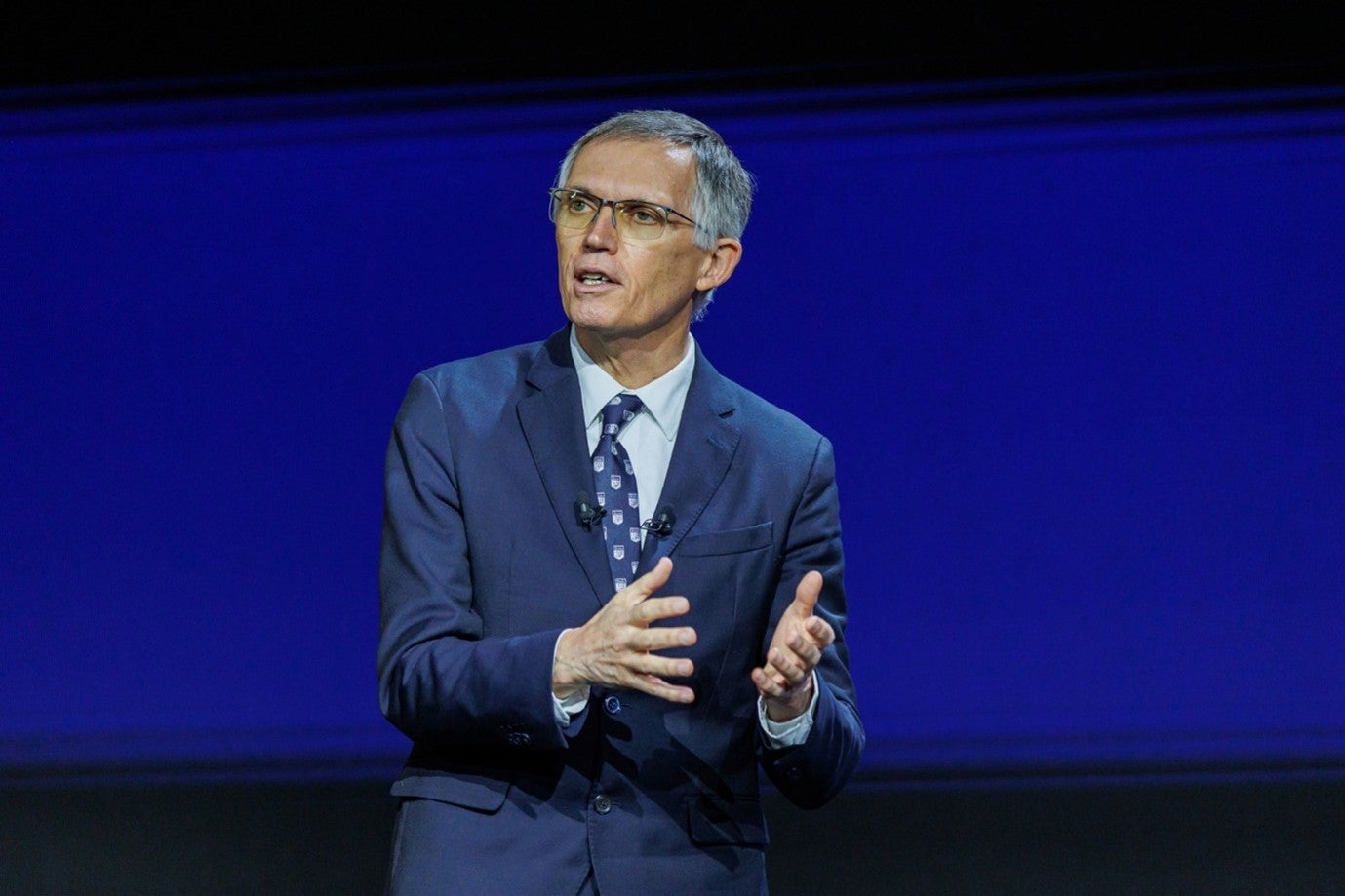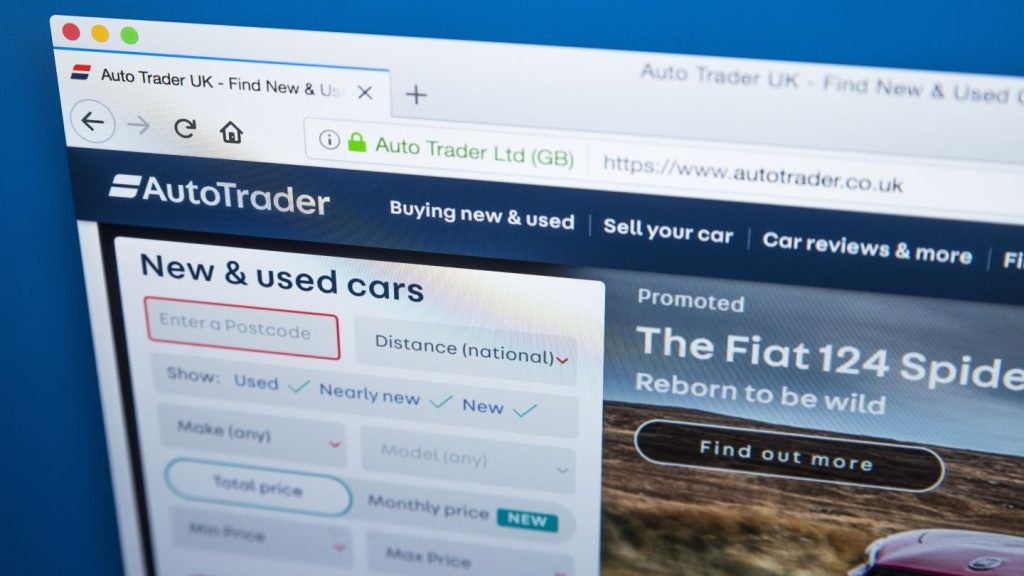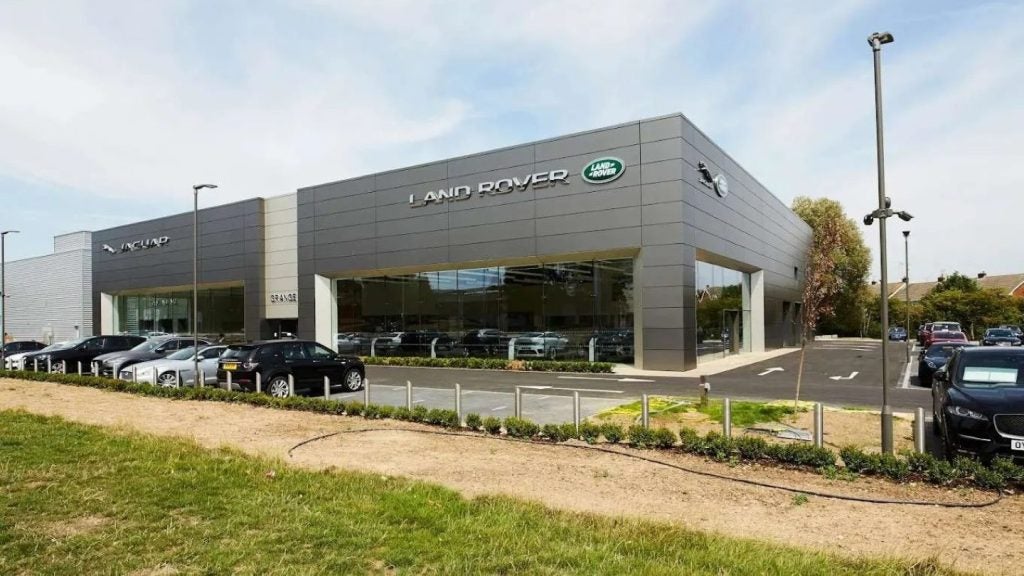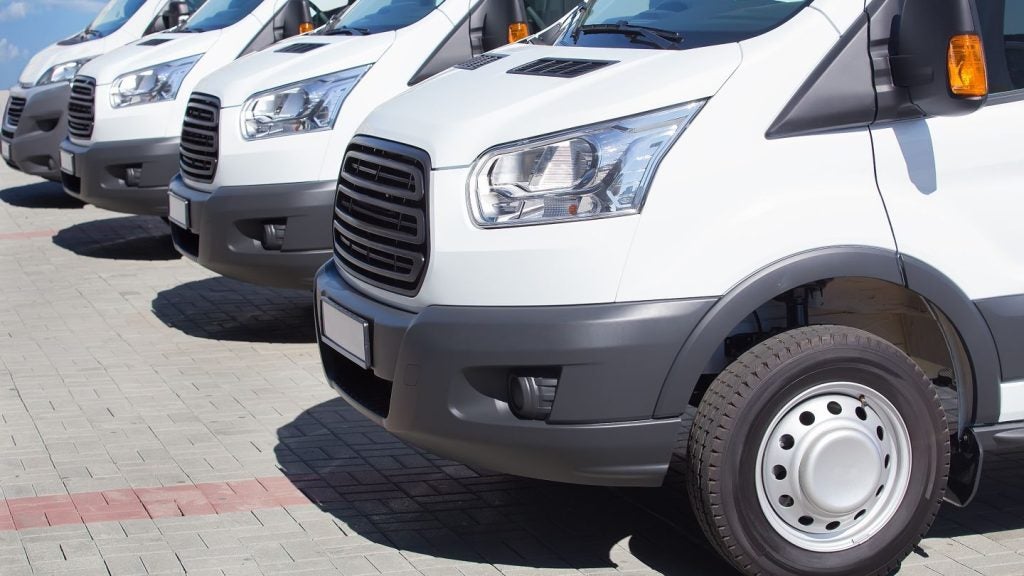
Stellantis CEO Carlos Tavares is no stranger to the top-level politics that comes with running a big multinational corporation. His career includes a stint as COO at Renault working under then Renault-Nissan chief architect Carlos Ghosn. That must have been quite an education in itself, but he has worked in a variety of management roles around the world. After Renault, he took the CEO reins at Peugeot-Citroen and managed the company’s expansion to include Fiat Group (including Jeep and Chrysler) and Opel/Vauxhall. That left Stellantis with a large stable of volume brands competing in markets across the world.
There’s nothing new about brands competing and also being part of the same parent company. The brands come with their own sales organisations while less obvious scale economies can be exploited behind the scenes – in manufacturing, R&D or technical areas such as engine families, for example. The trick is to get the cost advantages from all that additional scale in the journey to wholesale, without diluting brand values or eroding customer loyalty at the retail and aftermarket end of the value chain.
If customers start to get a whiff of technology compromises that mean a brand’s products or attributes are – or perceived to be – diluted in some way due to the impact of engineering collaborations or shared manufacturing across brands, that can be a problem. It’s not always easy to manage, but I’m sure Carlos Tavares would say that managing multiple brands for global scale is essential to be competitive in a business that comes with slim margins in mass-market segments. The auto industry, let’s remember, is an industry that naturally comes with huge capital investment requirements – particularly in product development and manufacturing. Unless someone fundamentally redraws the industry’s business model – then that very much remains the case. The case for scale is as strong today as it has ever been, but it is also overlayed by the considerable difficulties presented by major technological disruption.
As the energy transition from combustion engines to electric vehicles gathers pace, the pressures on margins are going to intensify because electric vehicles are much more expensive to make than ICE vehicles. It’s a basic rule of unit costs – for the vehicles themselves and also major components such as the powertrain batteries – being relatively high, at least compared to the good old-fashioned incumbent fossil-fuel based tech still being bashed out in huge numbers. It’s a lot for car companies and their major suppliers to grapple with. It’s not just about repurposing factories either. Supply chains are being redrawn and mindsets are having to change in the face of accelerating industrial transformation. Uncertainty over timelines for the EV transition in different markets across the world is another complex variable to consider.
Here’s the thing though. It’s not just that there’s a major technology impact that will squeeze underlying profitability at the established automakers. It’s also about where the threat is coming from. The Chinese competitive threat has recently become a lot more worrisome for car company bosses outside China. Rightly or wrongly (anti-competitive probes notwithstanding), the Chinese strategy to develop its automotive industry has come with a lot of joined-up and long-term focused thinking, coordinated in Beijing but with other power centres spread around the country (notably Shanghai). It was ever thus. Learning from the foreign OEMs invited in – as far back as the 1980s – for manufacturing JVs, got the Chinese to first base. From there, their progress has been pretty phenomenal. They are now advancing with competent engineering of their own for high-quality electric vehicles and plug-in hybrids that also have the hugely advantageous cushion of major scale and volume advantages in China. This is now being significantly augmented by growing exports in many markets across the world. Chinese BEVs are being churned out at frighteningly low price points – one of the major reasons for Tesla’s difficulties in China.
The power balance in the global auto industry has therefore shifted to (non-Japan) East Asia. Arguably, there is significant natural protection for Western premium brands, but the volume players are naturally worried by the success of the Chinese OEMs in developing good quality BEVs at very low price points. Trade tensions have already triggered a protectionist stance and policies in North America. Europe is perhaps playing catch-up and higher customs tariffs for cars imported from China to the EU are a racing certainty later this year (when the EU’s investigation of anti-competitive subsidies produces its findings).

US Tariffs are shifting - will you react or anticipate?
Don’t let policy changes catch you off guard. Stay proactive with real-time data and expert analysis.
By GlobalDataFor an industry that has been at the forefront of economic globalisation over many decades and built on international trade flows – of vehicles, components, technologies and also the brightest people – it’s a worrying development.
Where does this leave a big global OEM such as Stellantis? Carlos Tavares appears to have been straddling two positions, at least publicly. One is as the head of a car company with very European DNA that is focused on staying competitive in the face of an existential threat from China’s low cost/price EV makers. Last year, Stellantis unveiled the “affordable” Citroën e-C3, an electric model to be priced under €25,000 in Europe. Carlos Tavares hailed it as “the first step of our answer to what is now called the Chinese invasion in the European market – we will fight with this kind of product, and we have more coming.” He also said the car has the right cost structure and that “we are blessed with the fact that we are ready for when the Chinese come”. I would guess that played well inside Stellantis and also in Brussels. Europe’s auto industry is not going to simply roll over, after all.
The other hat for the Stellantis CEO is as the unbiased and technocratic corporate leader looking after all the interests of all Stellantis stakeholders (less a kind of flag waver for any one brand, products or sense of heritage-based regional identity). A truly global car company surely has to act with global strategic drivers to the fore and if that’s the case, the world’s biggest car market and industry cannot be ignored. Moreover, it perhaps justifies a nuanced approach that goes way beyond simply identifying a big competitive threat and devising a reaction. Hence the Leapmotor International JV which gives Stellantis a very active position on the inside of China’s rapidly developing auto industry, a step-change from its established role as a partner inside its other China JVs’ factories that are focused on supplying China’s domestic market.
The Leapmotor JV comes with far loftier ambitions to target export markets. The JV itself will be exclusively responsible for the export and distribution of Leapmotor products overseas, including possible local production, with first shipments scheduled for the second half of 2024. Europe is very definitely on the map for exports. It’s perhaps not a huge ‘leap’ for Stellantis to consider its global manufacturing footprint and whether to assemble Leapmotor models in other plants around the world. Apart from anything else, it could be a way to avoid punishing tariffs as well as soak up unused capacity at plants in Europe that are operating way under optimal utilisation levels. In a sense, the Leapmotor JV could be viewed as an insurance policy for Stellantis that opens up new options in various alternative future market and trading regime scenarios.
What about the optics of potentially making Chinese cars at European plants, though? Clearly it’s a sensitive matter. Carlos Tavares was notably careful with his choice of words recently. If Leapmotor cars are assembled at Stellantis factories in Europe, the easy justification is that it is providing economic activity and jobs in Europe. It would also be helping Stellantis in its primary business case and mission to stay competitive globally. A global automotive company is simply making the most of its global footprint for net gains and positive business outcomes. There will no doubt be learnings and opportunities – in both directions – from its collaboration with Leapmotor, but Stellantis will be very much on the inside of this externally facing Chinese OEM. That’s a big plus to have in the locker.
It is, of course, something of a foot in both camps for Stellantis. So, Citroen dealer, here is your e-C3, a model to take on the Chinese and good luck with that. By the way, can you sell some Leapmotors as well? Ultimately, would Leapmotor sales in Europe take sales away from, say, Citroen? For the politicians in Brussels looking at the wave of Chinese products that could be heading to European shores, it’s a vexed question. For car company bosses like Carlos Tavares, it’s a matter of judging trends for the industry and how to hang on to as much economic value and perform as competitively as possible in the face of those externalities. Strategies require a degree of flexibility and in uncertain times, the more room to be flexible, the better. Under the surface, the potential outcomes are not quite as binary as they may at first appear.
It will certainly be interesting to see how the Stellantis-Leapmotor collaboration plays out. And how Carlos Tavares manages his balancing act.







